Project Background
The emergence of Web3 and blockchain technology has introduced a new paradigm for managing and accounting for assets. Businesses and individuals now hold a variety of digital assets, including cryptocurrencies, NFTs, and other tokenized assets, which require specialized accounting solutions. This case study details the process of designing a Web3 digital asset accounting platform, focusing on the user-centered approach taken to create an intuitive and efficient solution.
Problem
Traditional accounting software is not equipped to handle the complexities of digital assets. The challenges include:
Volatility: Digital asset values fluctuate significantly, requiring real-time tracking and valuation.
Diverse Asset Types: Accounting for various asset types (cryptocurrencies, NFTs, DeFi tokens) with different characteristics and standards.
Blockchain Complexity Difficulty in tracking transactions across multiple blockchains and wallets.
Regulatory Uncertainty: Evolving accounting standards and regulations for digital assets.
Lack of Integration: Difficulty integrating with existing financial systems.
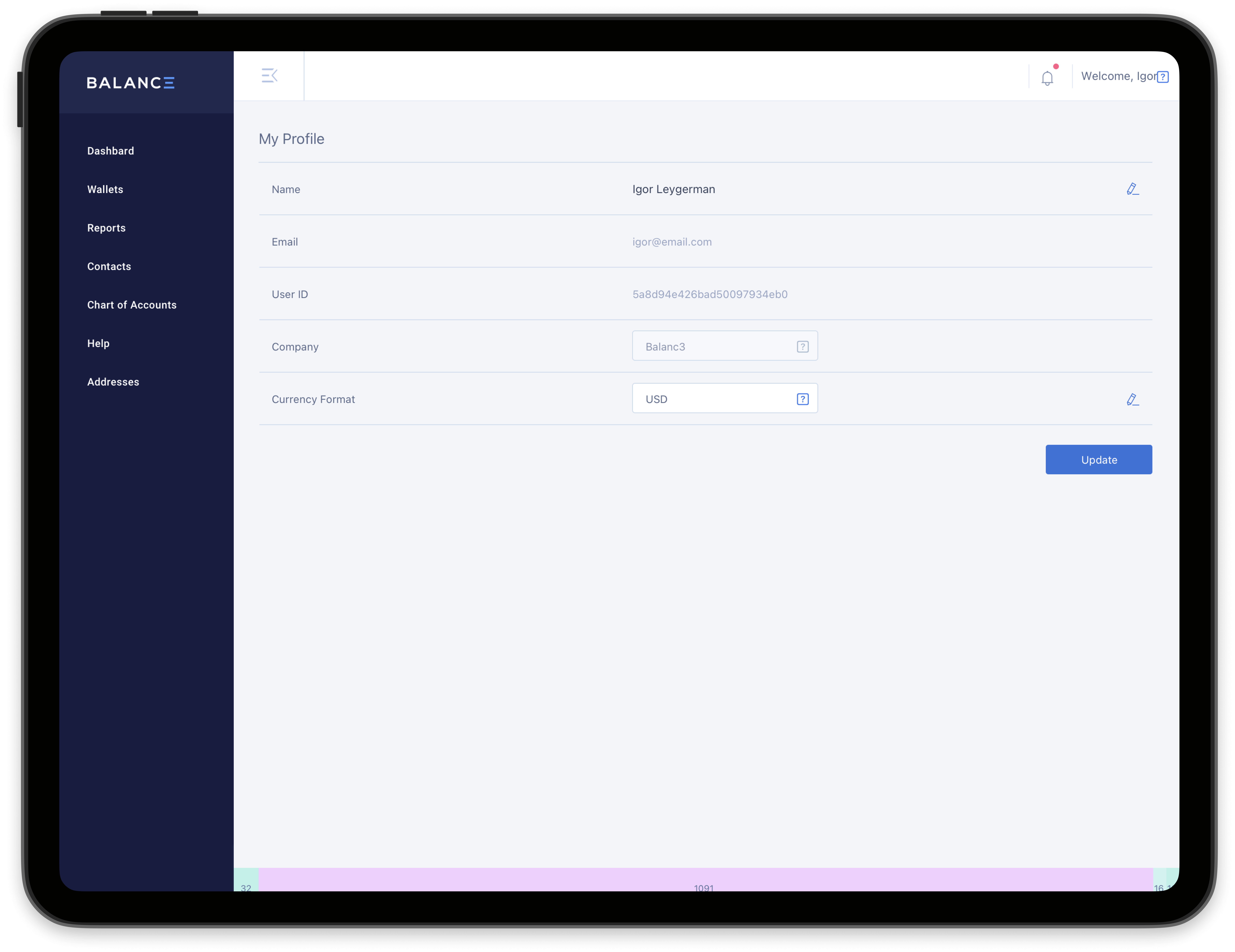
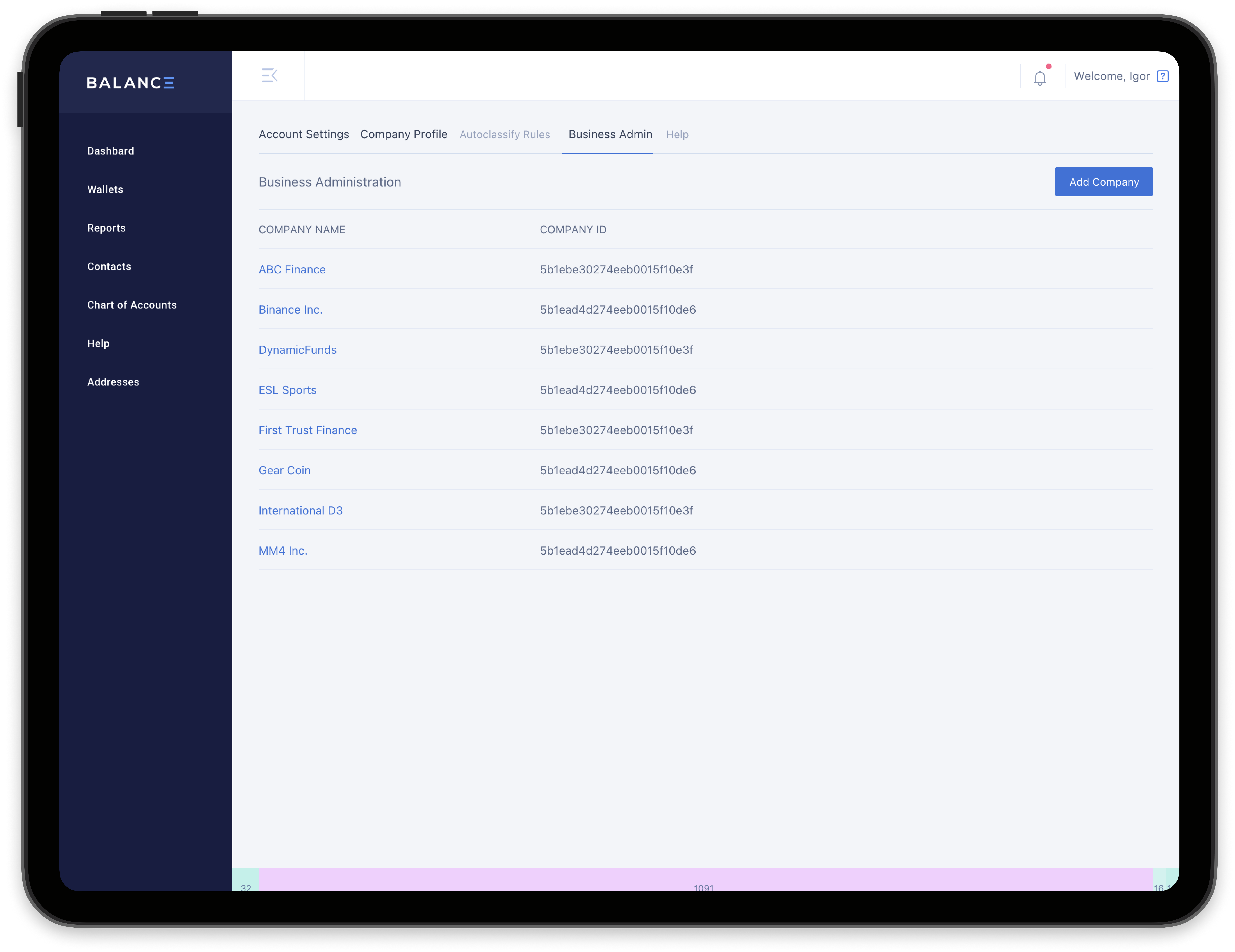


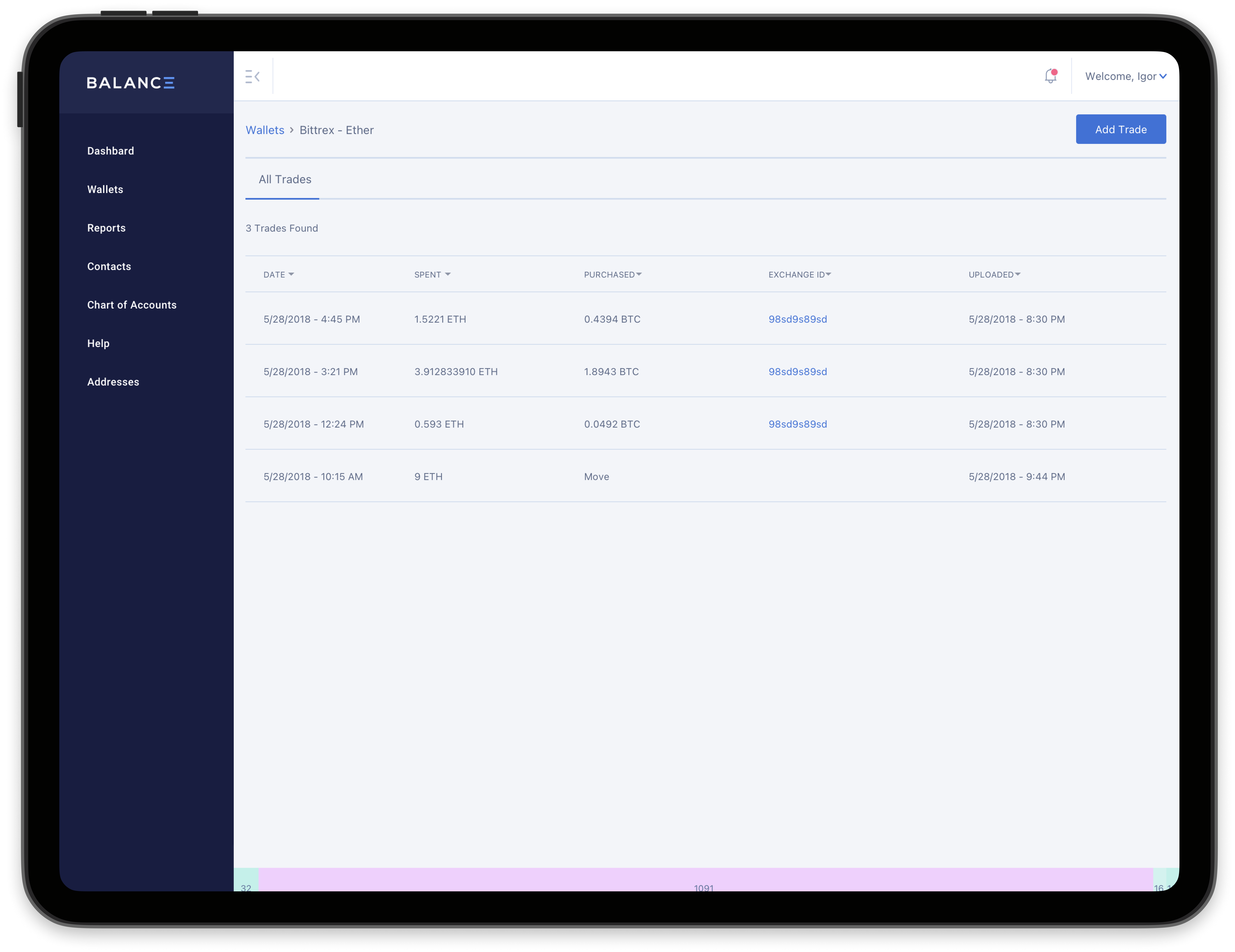
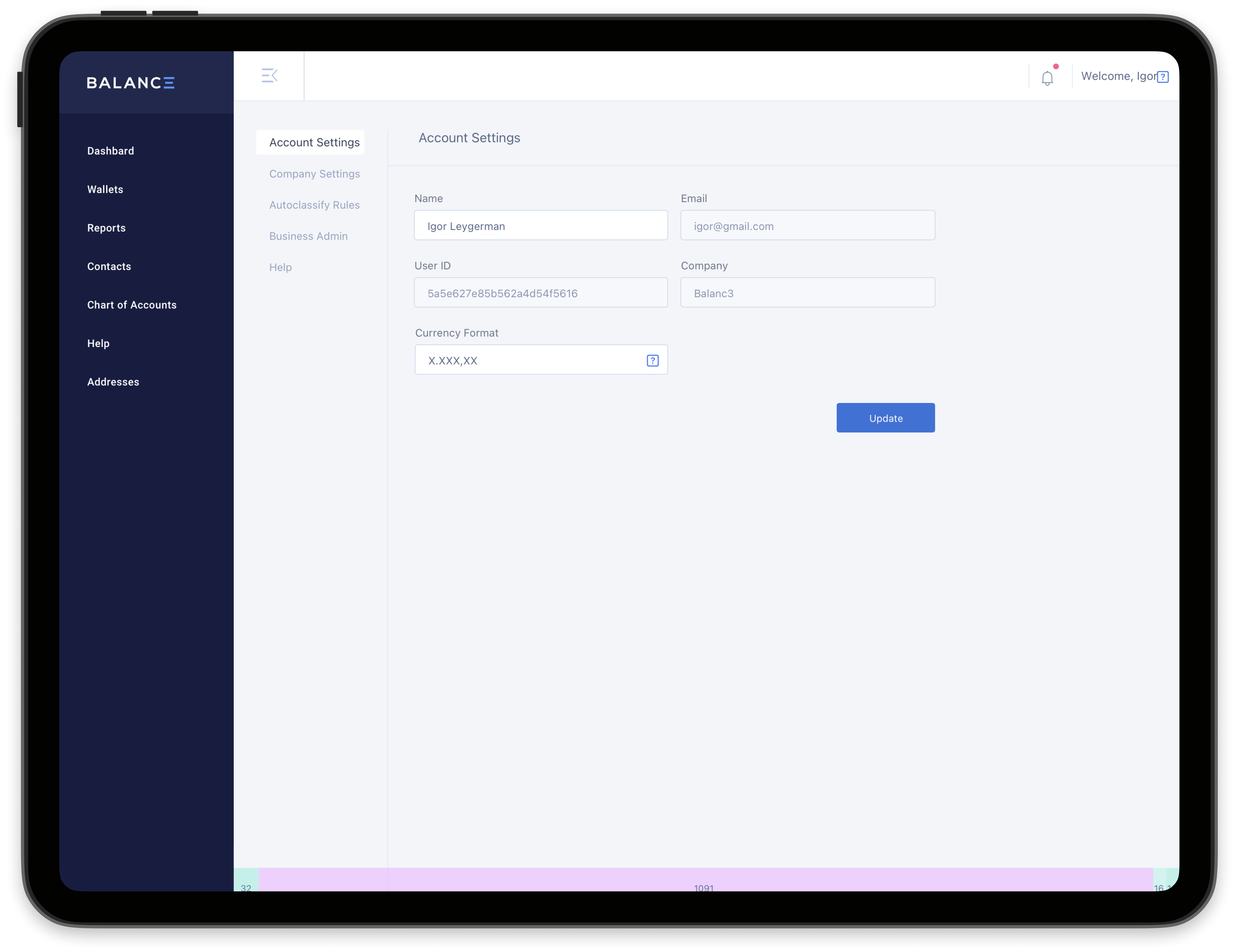

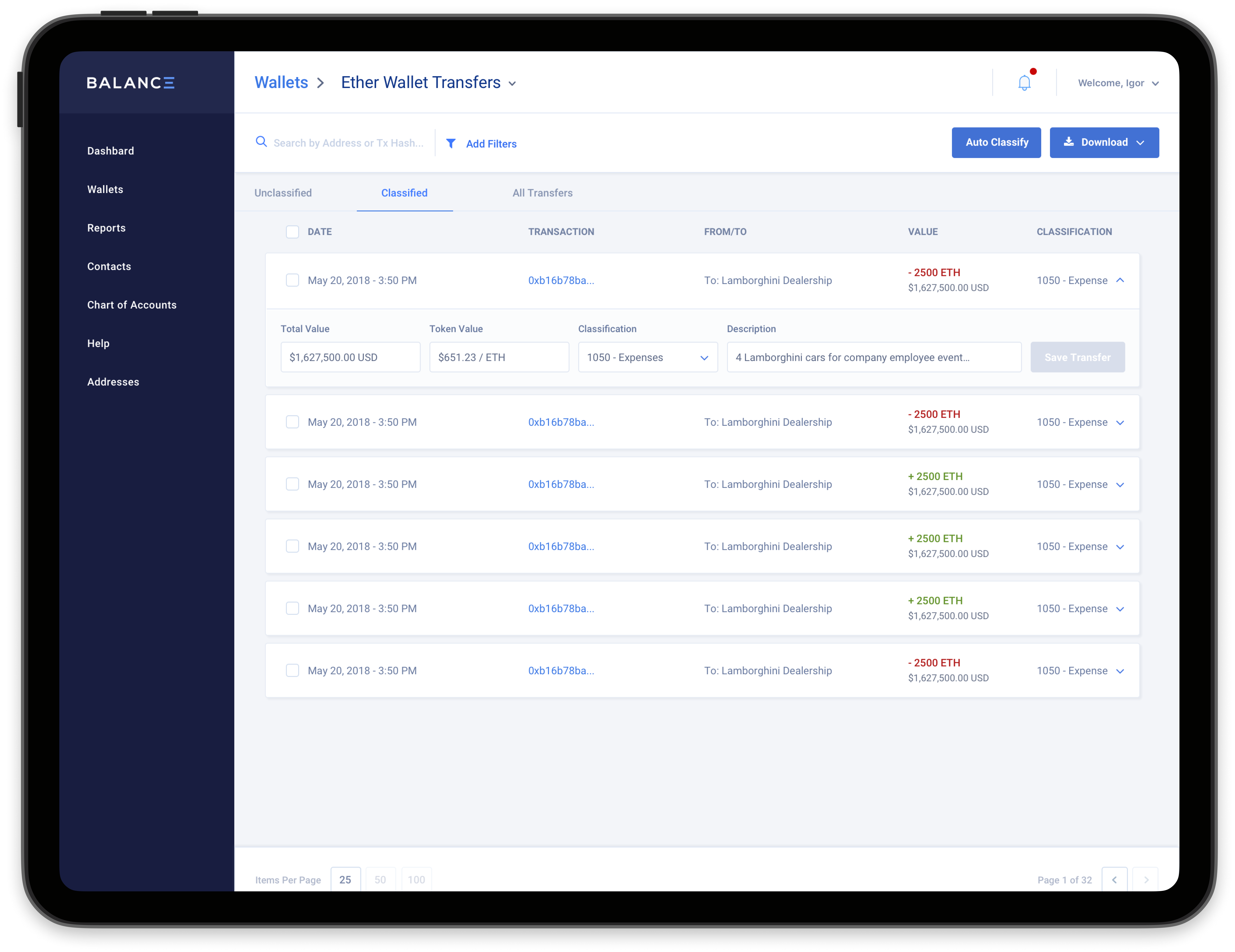

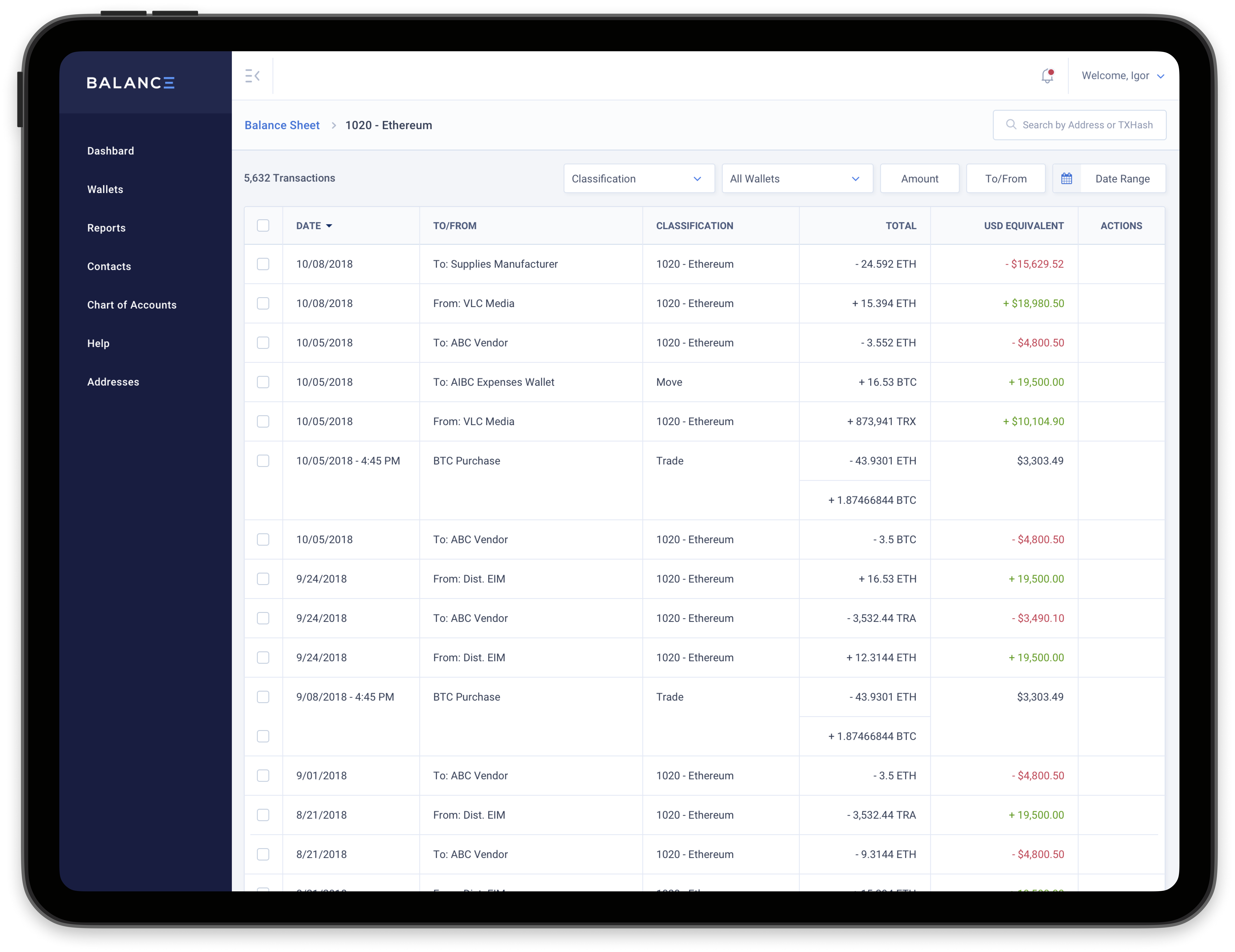

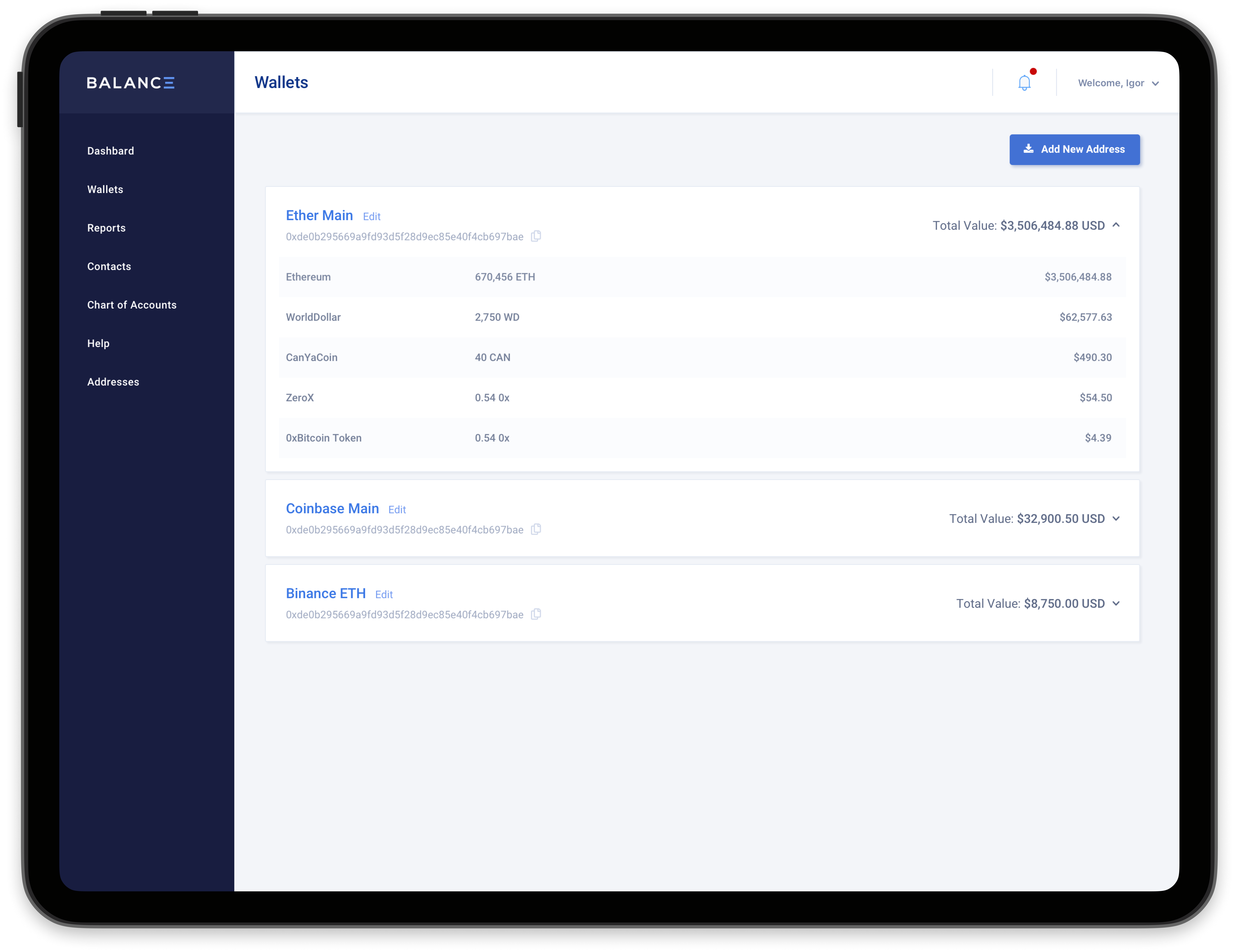
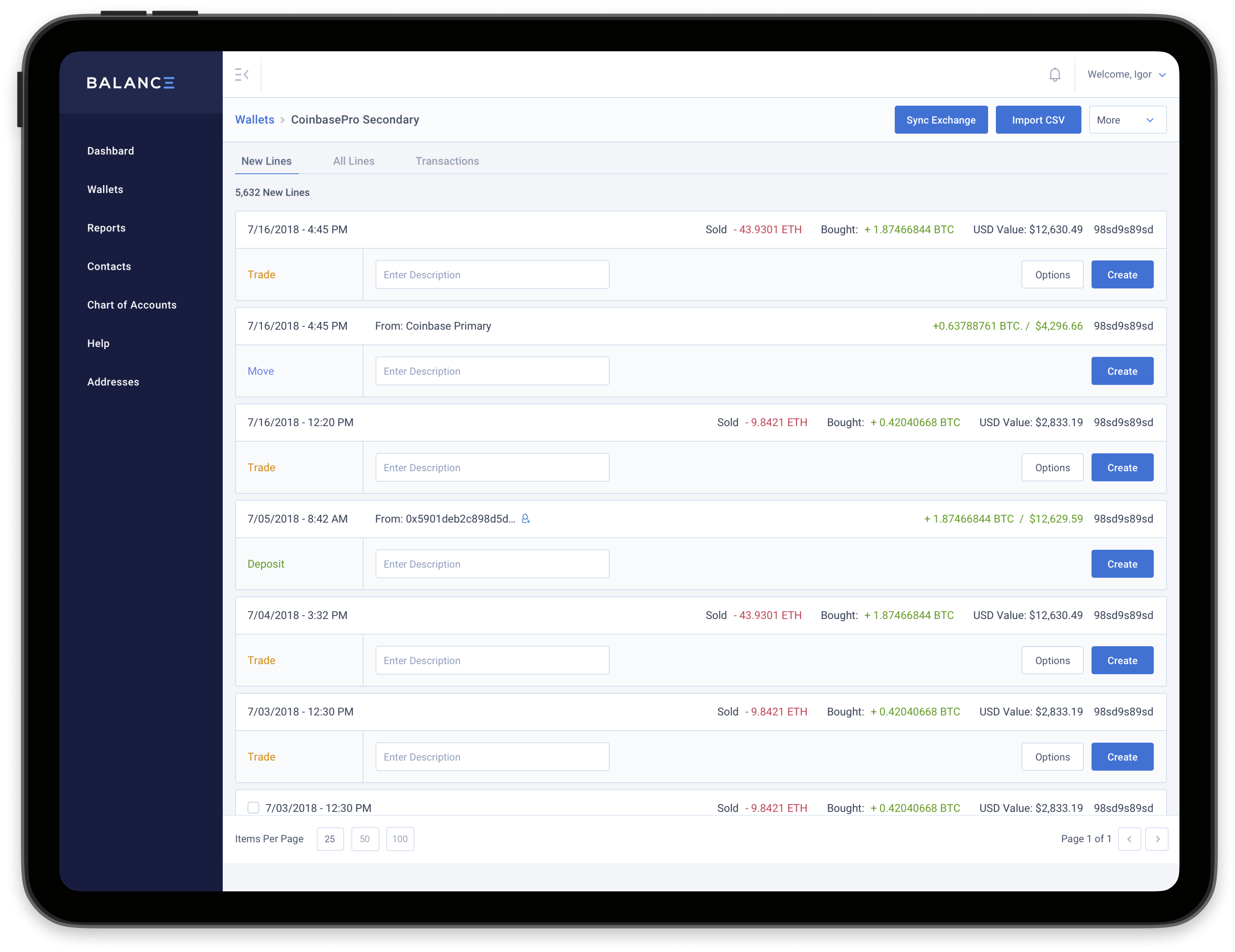


Goal
Design a user-friendly Web3 digital asset accounting platform that enables businesses and individuals to:
01: Accurately track and manage their digital asset portfolios.
02: Automate accounting processes for digital asset transactions.
03: Generate financial reports compliant with relevant standards.
04: Integrate with existing financial tools and workflows.
05: Provide a seamless and intuitive user experience for both accountants and non-accountants.
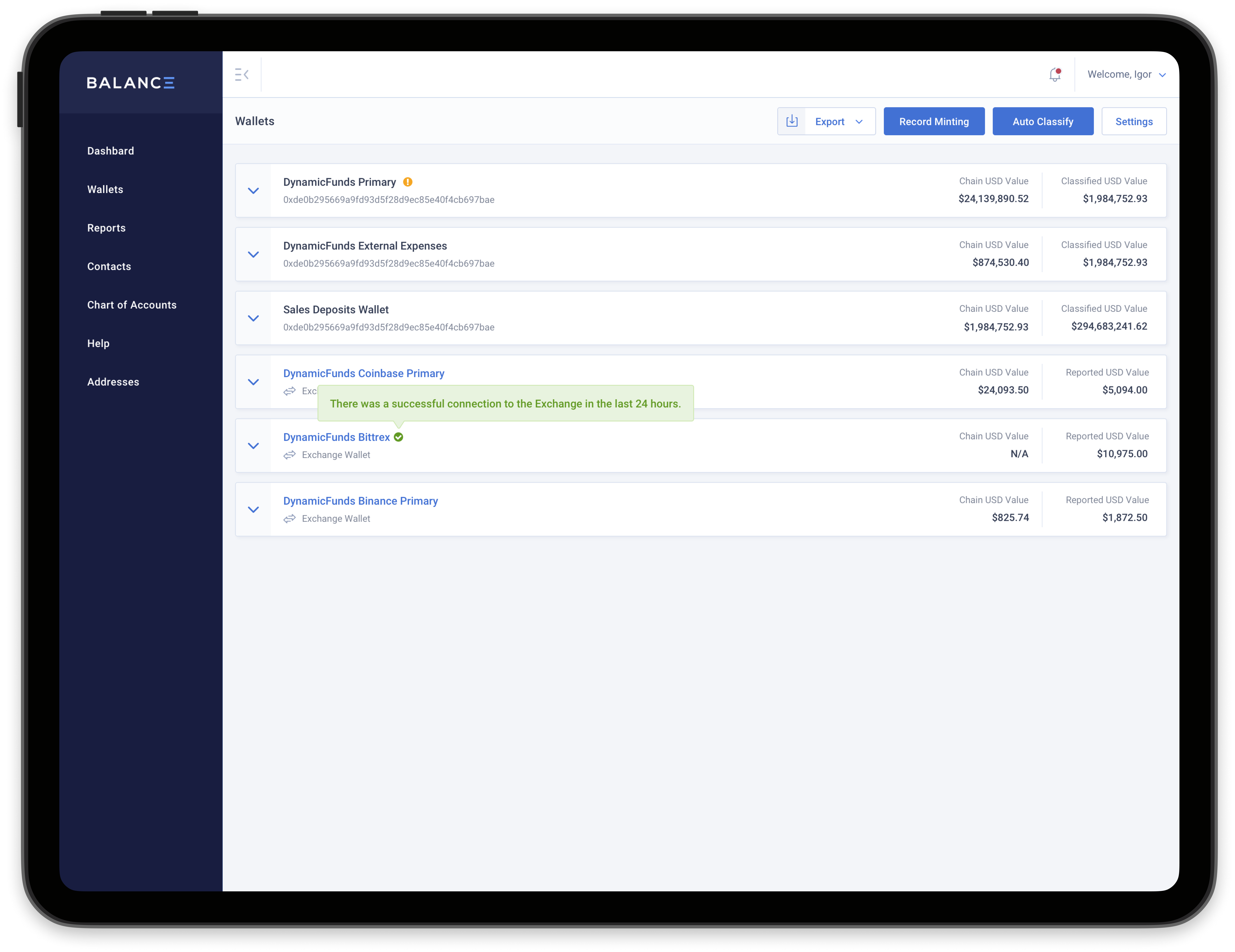
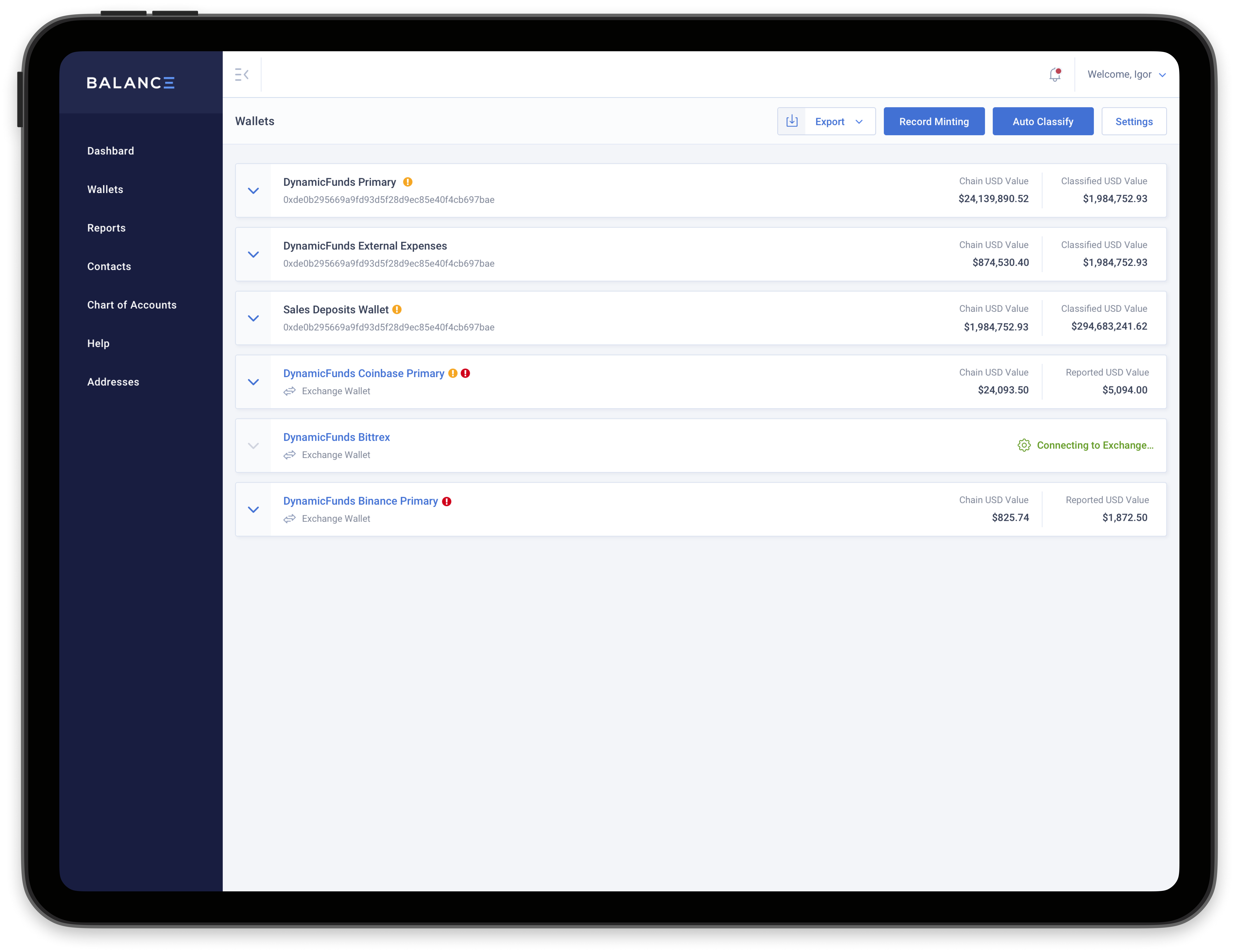
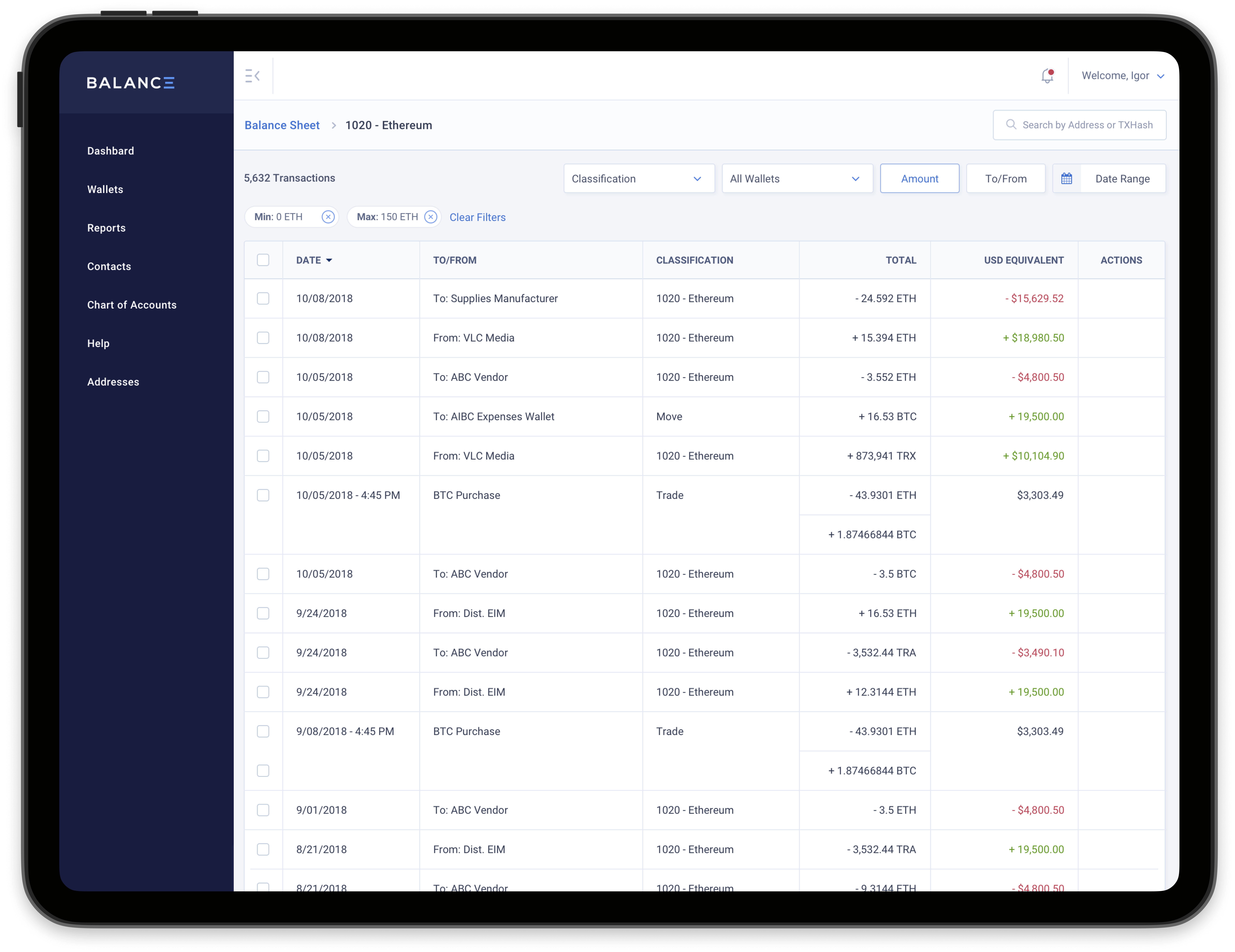

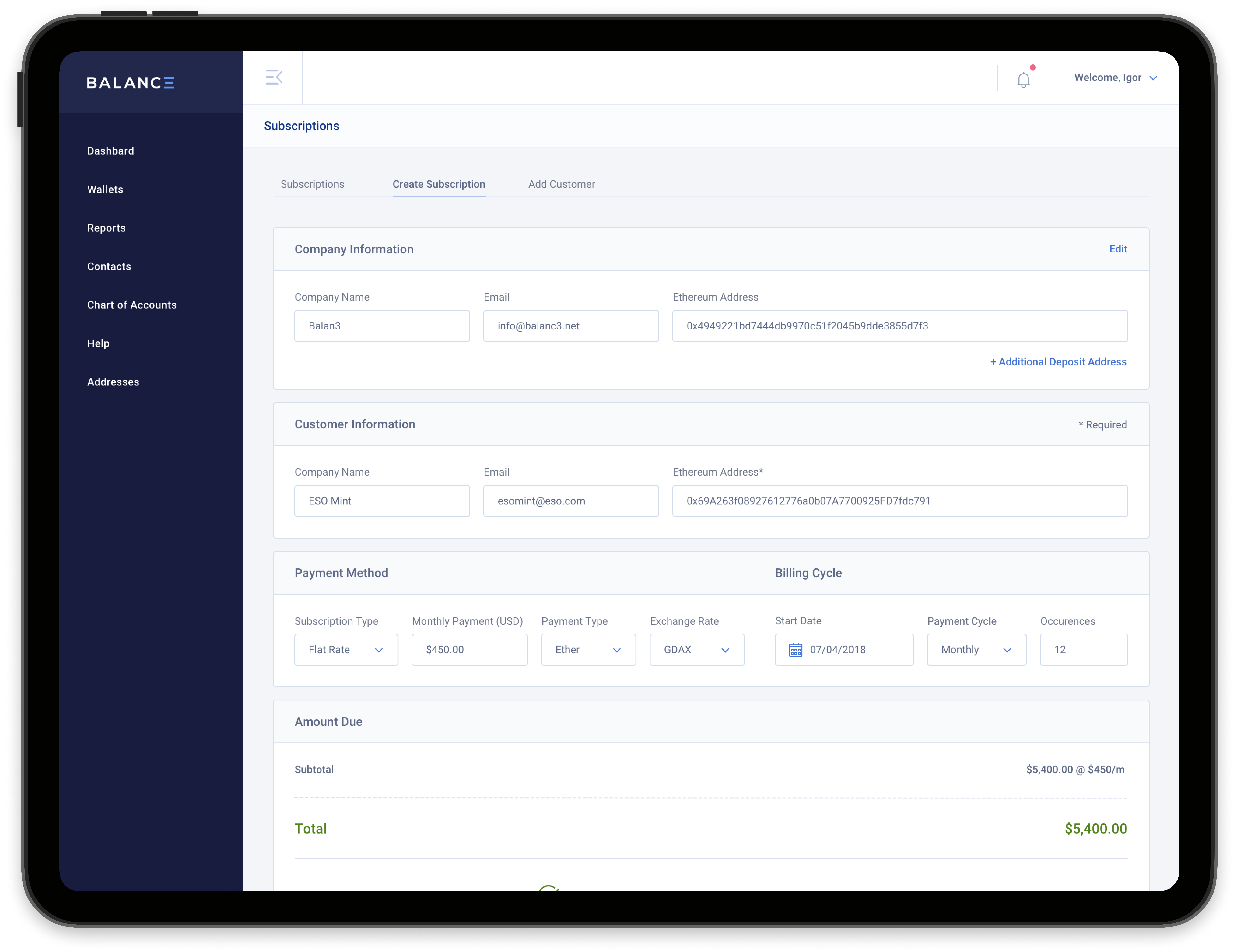
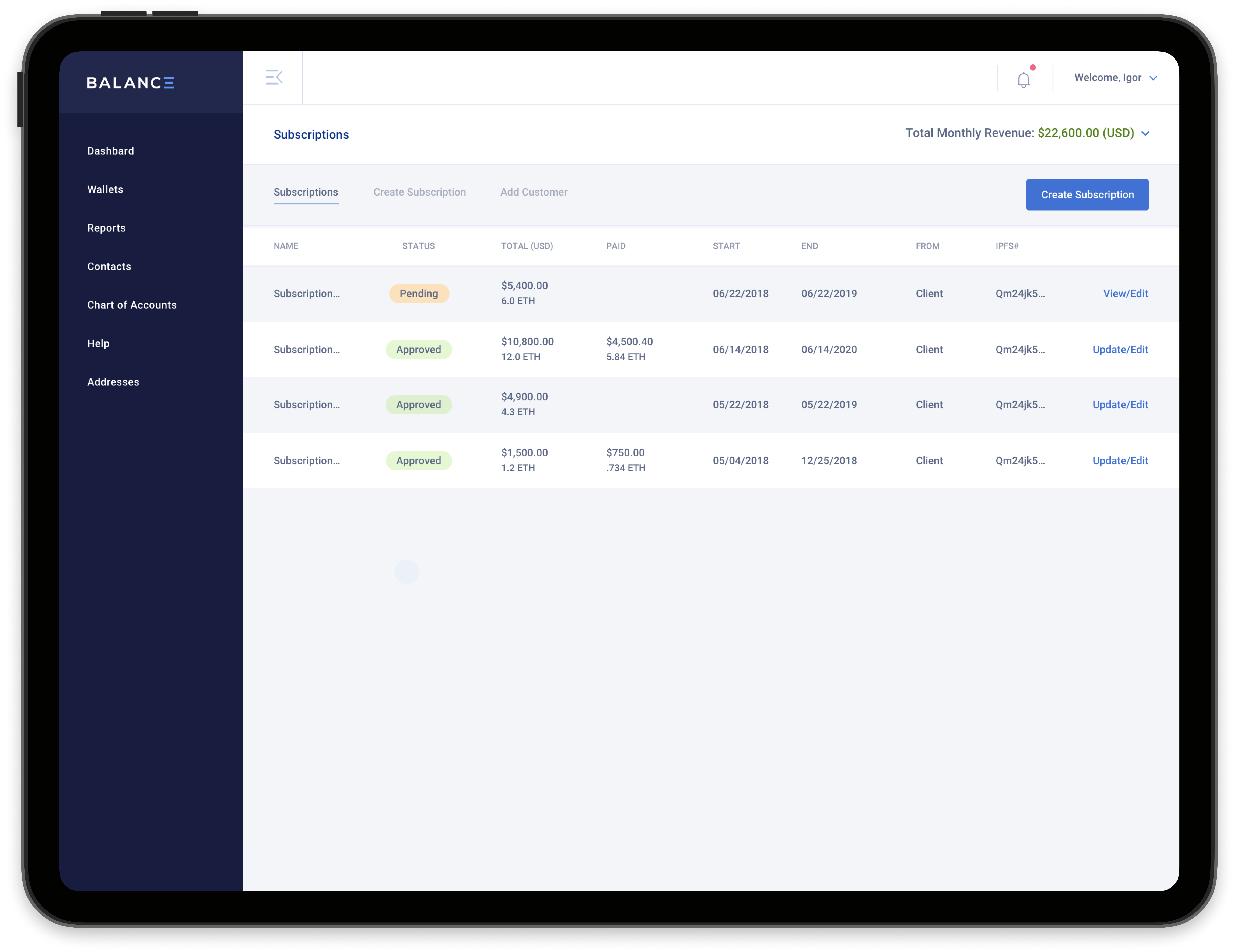
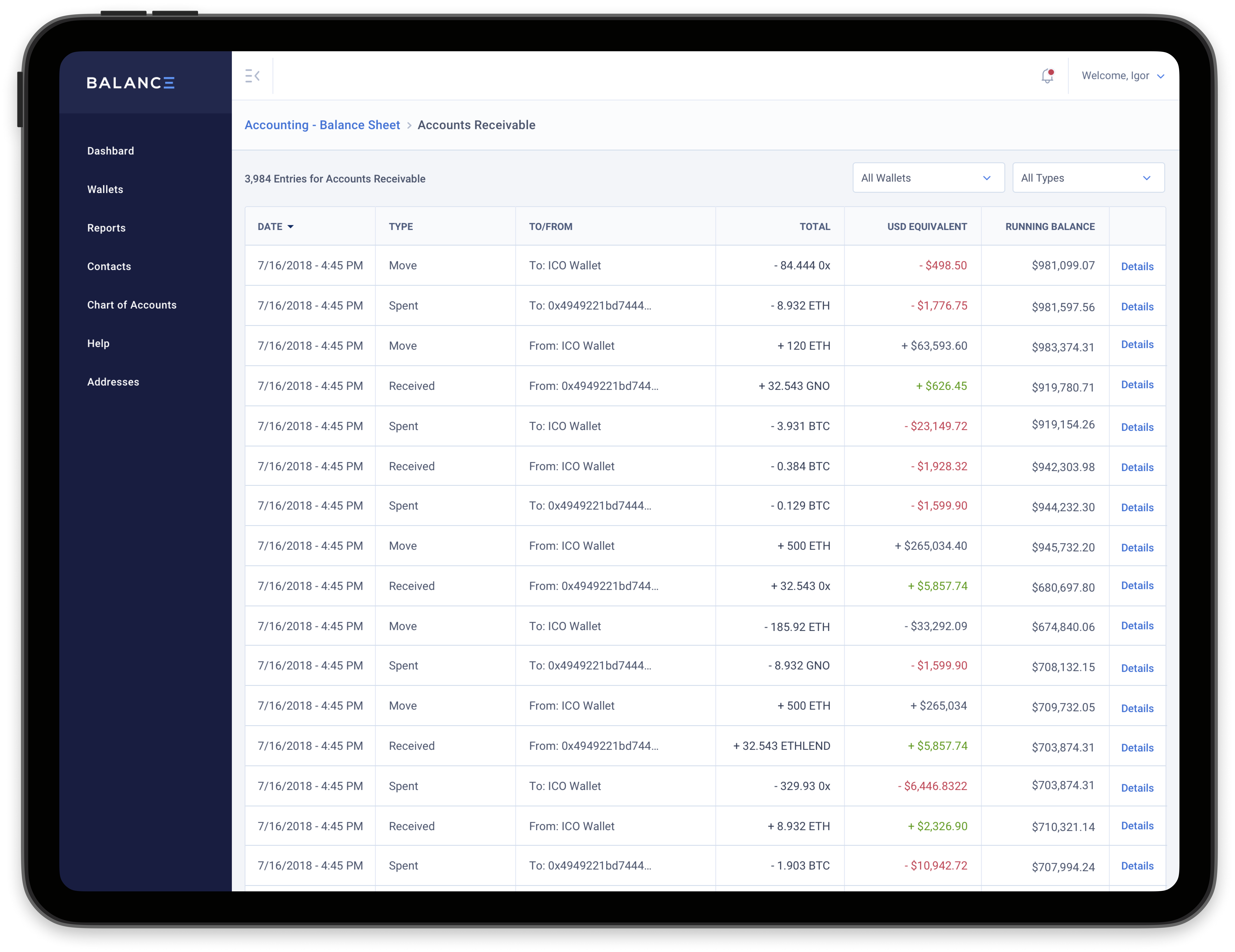
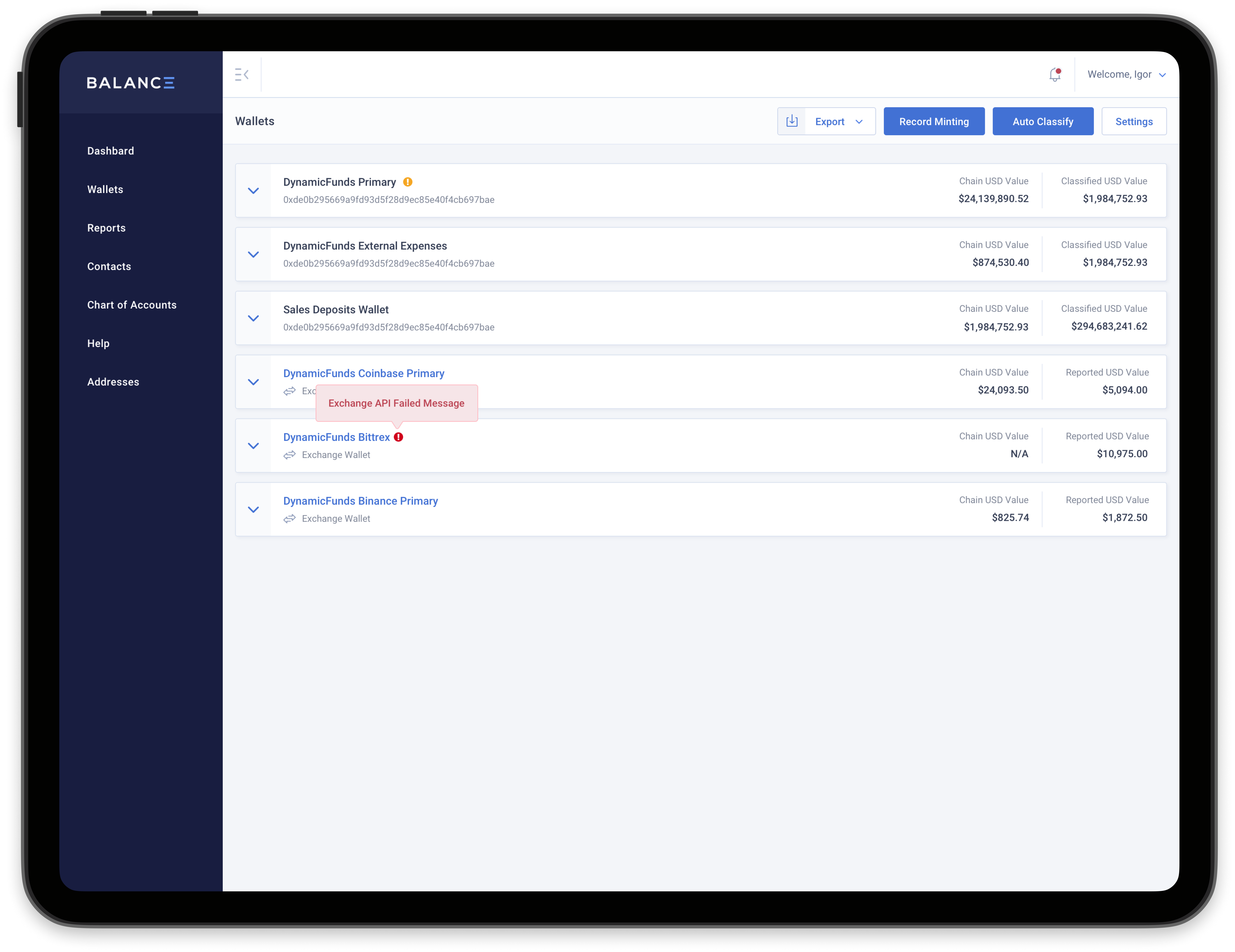
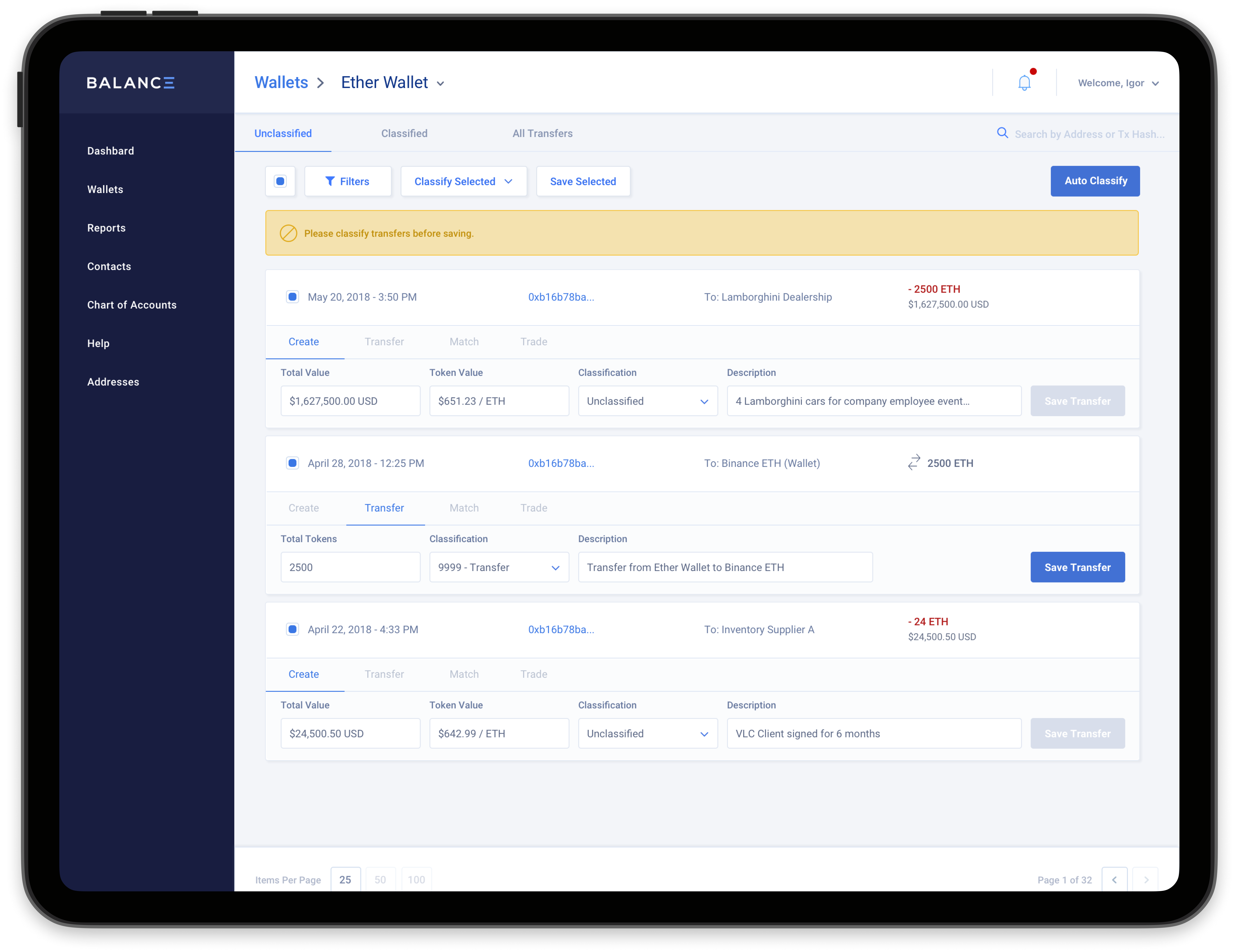
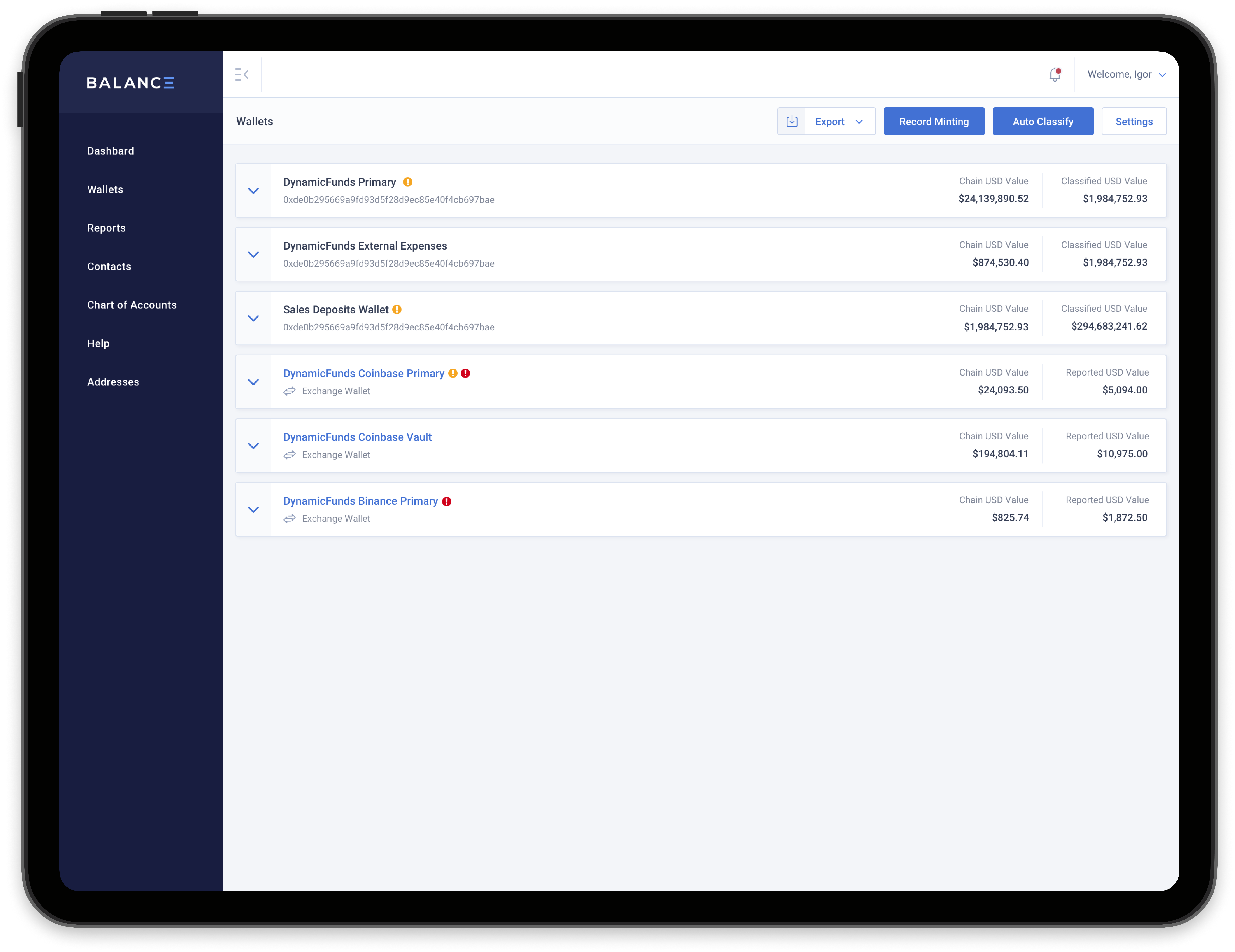
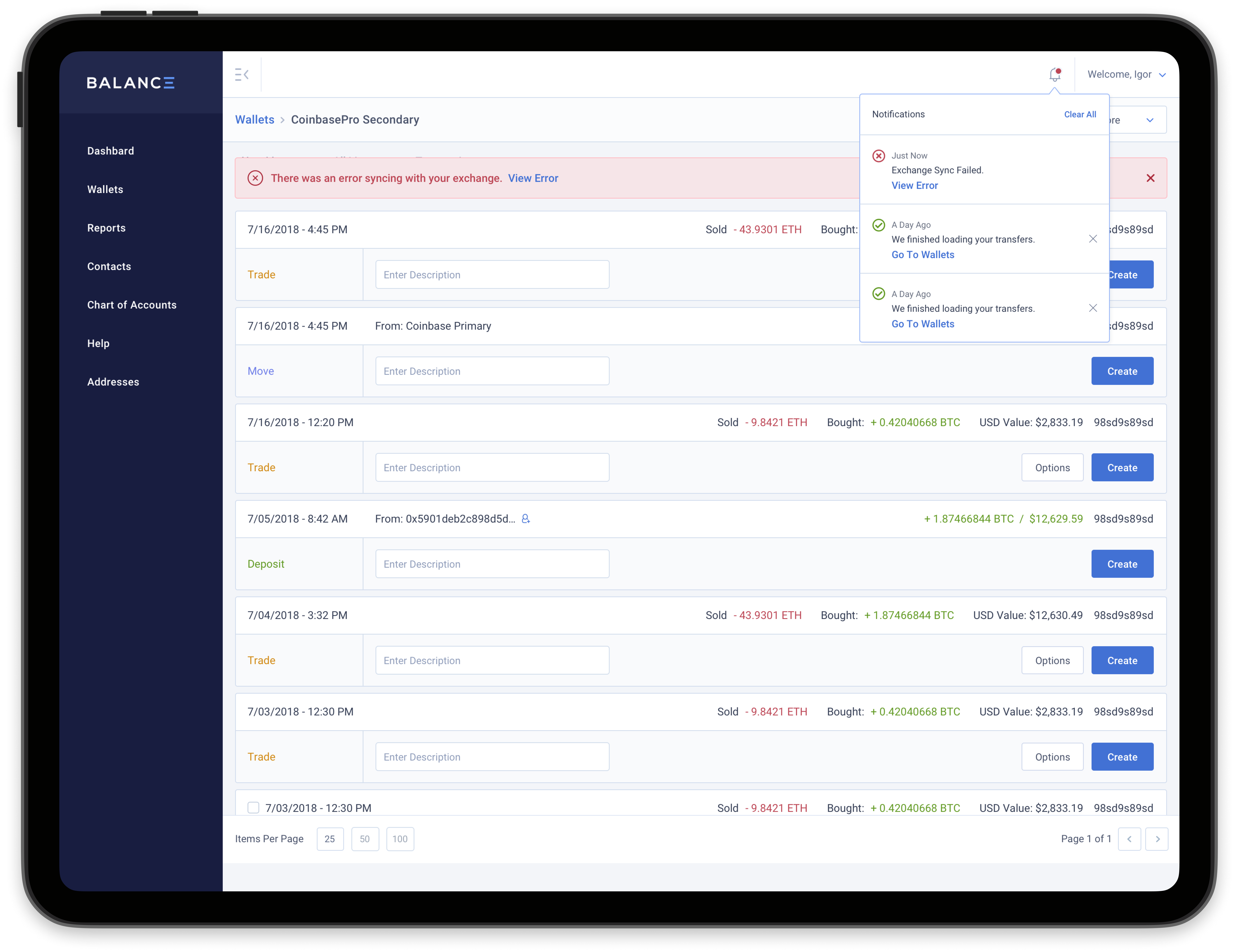

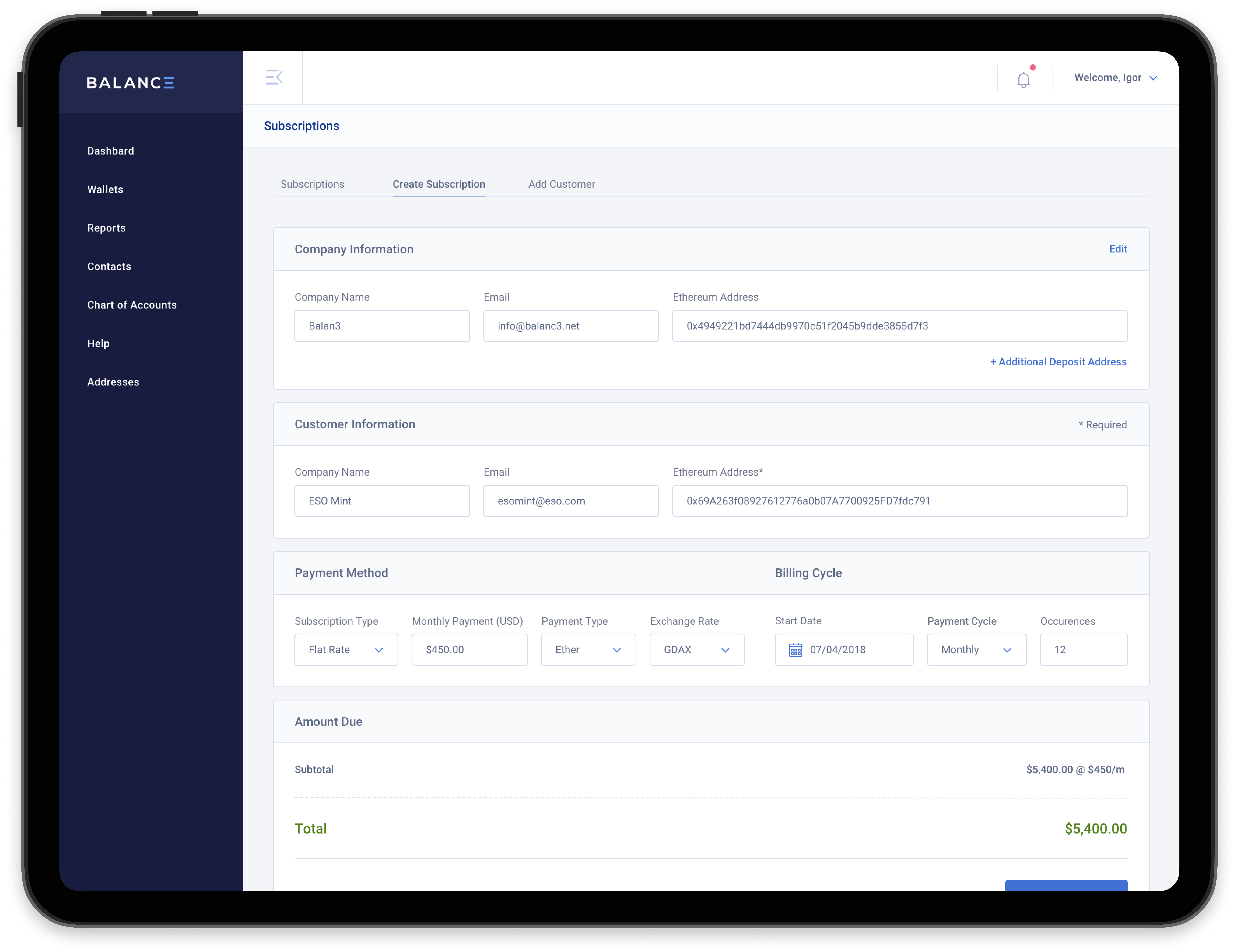
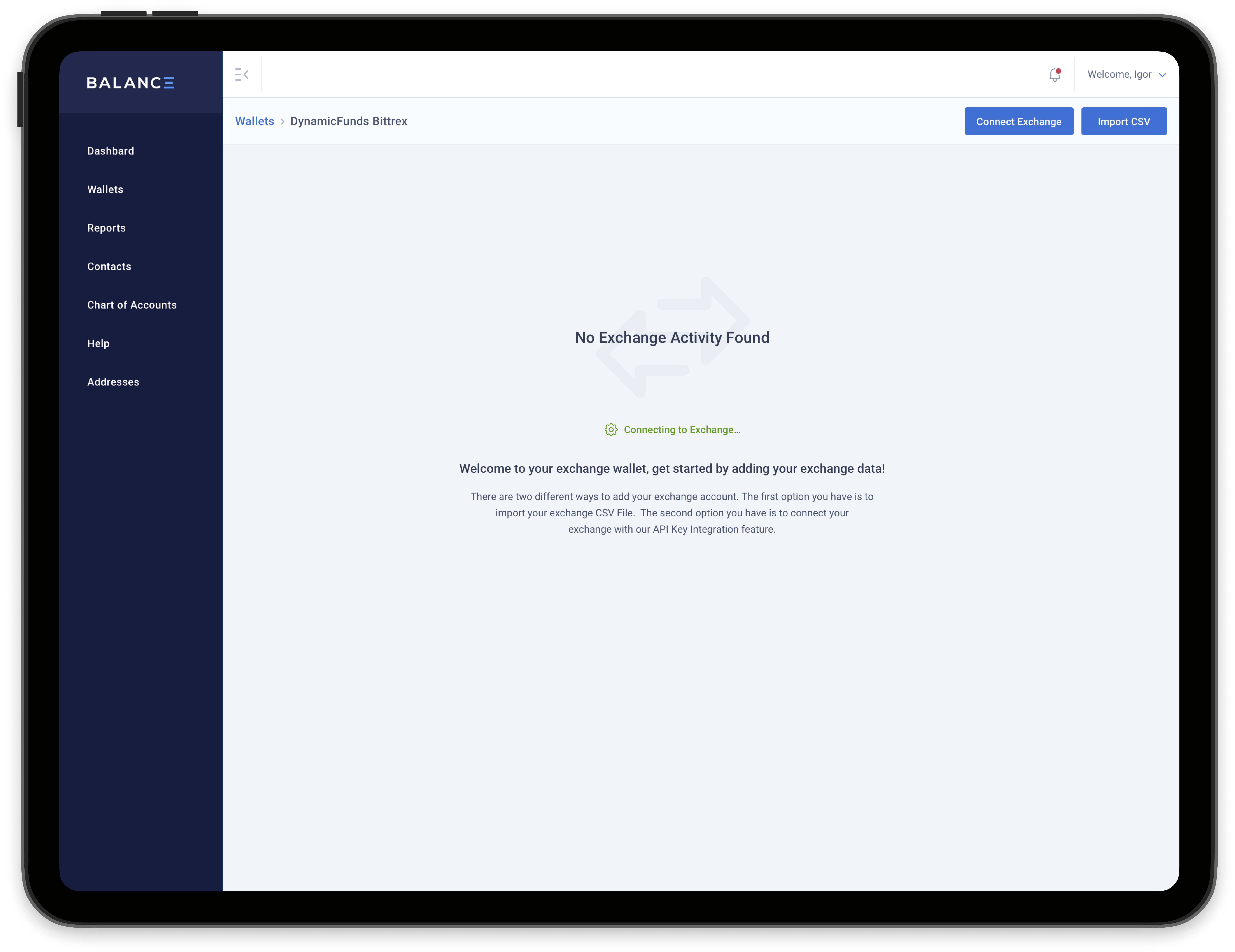
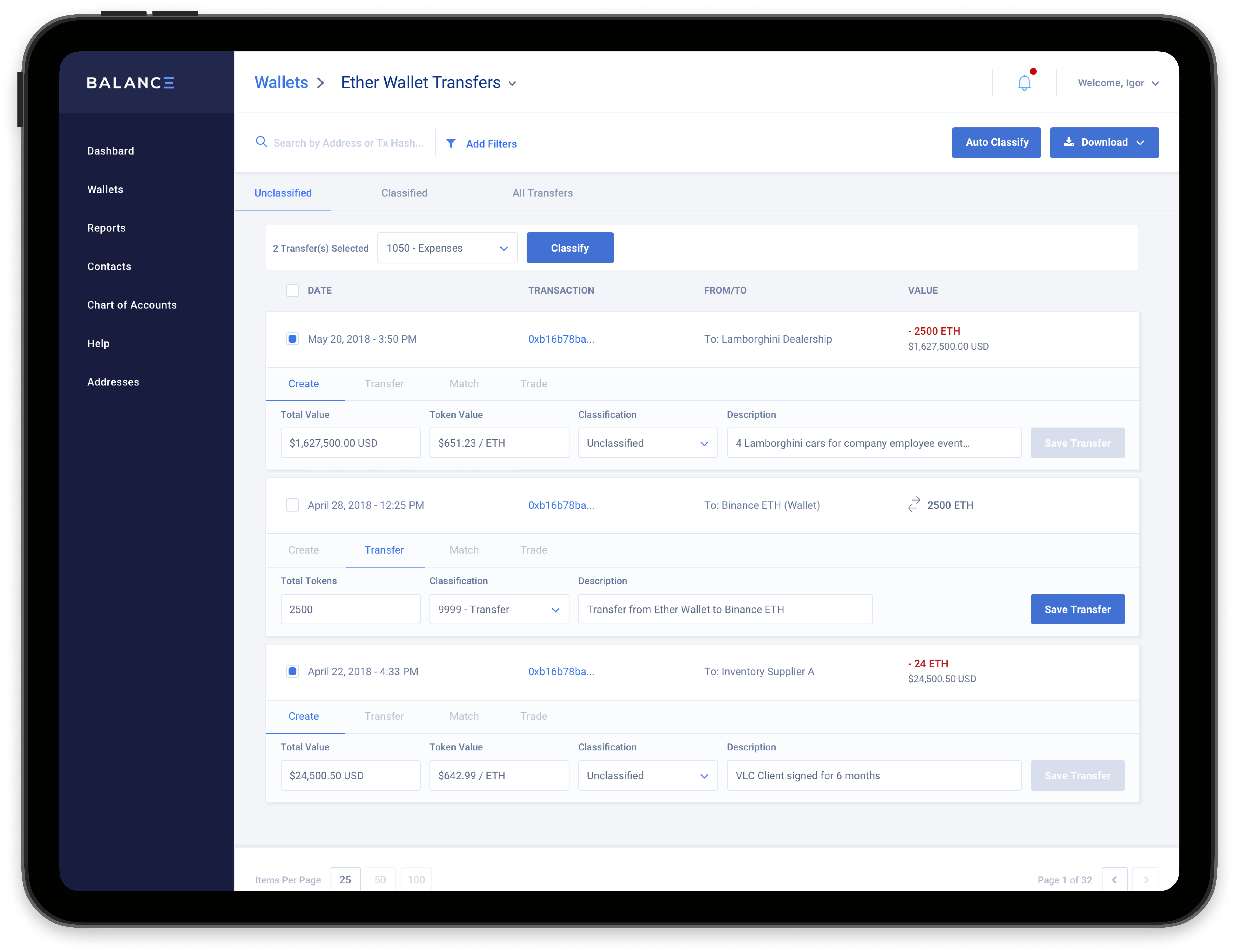
Role and Responsibilities
As the Lead Product Designer, I was responsible for the end-to-end design of the Web3 digital asset accounting platform. My responsibilities included:
User Research: Digital asset values fluctuate significantly, requiring real-time tracking and valuation.
Stakeholder Collaboration: Working closely with product managers, engineers, and business stakeholders to define product requirements and ensure alignment with business goals.
Information Architecture: Designing the structure and organization of the platform to ensure easy navigation and access to information.
User Flow Design and Wireframes: Creating user flows and wireframes to map out the steps users take to complete tasks, such as tracking transactions, generating reports, and managing portfolios. This included interactive prototypes to visualize the user interface and test design concepts.
Usability Testing: Conducting usability testing to gather feedback on the design and identify areas for improvement.
Approach and Process
The design process involved the following key phases:
Discovery and Research: - Conducted user interviews with accountants, financial analysts, and crypto-savvy individuals to understand their workflows, pain points, and requirements for a digital asset accounting solution. - Researched existing accounting software and Web3 applications to identify best practices and potential design patterns. - Analyzed the competitive landscape to identify opportunities for differentiation.
Information Architecture and User Flows: - Designed the information architecture of the platform, including the navigation structure, content hierarchy, and organization of features. - Developed user flows to illustrate the steps users take to accomplish specific tasks, such as connecting wallets, importing transactions, and generating reports.
Wireframing and Prototyping: - Created low-fidelity wireframes to explore different layout options and user interface elements. - Developed high-fidelity prototypes using tools like Figma to simulate the user experience and test interactions.
UI Design: - Designed the visual interface of the platform, including the color palette, typography, and iconography, ensuring a clean, modern, and professional aesthetic. - Created a design system to ensure consistency and scalability across the platform.
Usability Testing: - Conducted usability testing sessions with target users to gather feedback on the design and identify areas for improvement. -Iterated on the design based on user feedback, making adjustments to the user interface and user flows to enhance usability.